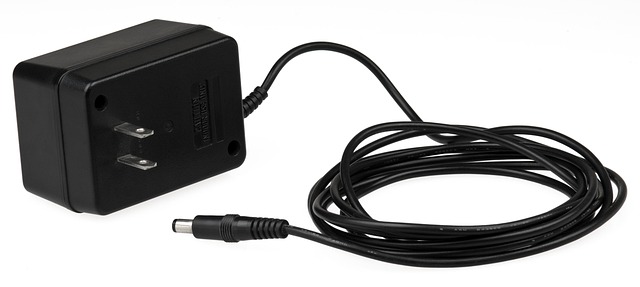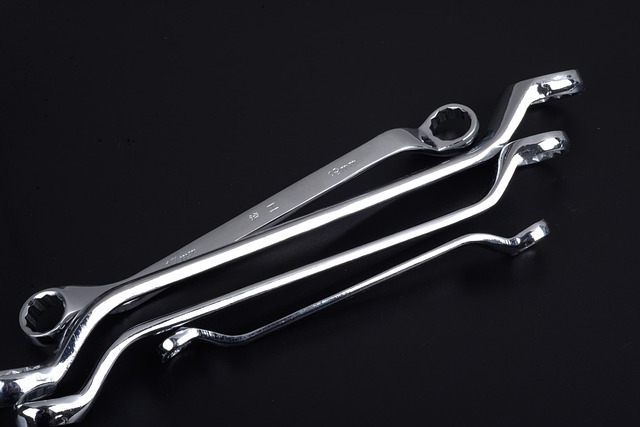Warts caused by HPV come in various types and can be treated at home or professionally. At-home remedies like ACV, garlic, duct tape, and essential oils are popular for their accessibility and safety. Topical creams with salicylic acid are effective over-the-counter options. Avoiding mistakes, monitoring progress, and consulting professionals for stubborn warts ensure safer, more effective painless wart removal methods.
Looking for a way to get rid of warts at home without pain? This comprehensive guide offers best practices for successful wart removal. We break down wart causes and types, explore non-invasive remedies, delve into essential oils, and provide application tips for topical creams. Learn how to avoid common mistakes and know when to seek medical help. Discover the most effective, painless wart removal methods today.
- Understanding Warts: Causes and Types
- Non-Invasive Home Remedies for Painless Removal
- Using Essential Oils for Effective Treatment
- Topical Creams and Salves: Application Tips
- Common Mistakes to Avoid During Wart Removal
- Monitoring Progress and When to Seek Medical Help
Understanding Warts: Causes and Types

Warts are small, rough growths that can appear anywhere on the skin, caused by the human papillomavirus (HPV). They vary in appearance and can be either flat or raised, hard or soft, and single or in clusters. Common types include verrucas (rough, warty bumps often on hands and feet), common warts (small, rough bumps that can appear anywhere), and flat warts (small, smooth, flesh-coloured growths). While they are generally harmless, warts can be unsightly and uncomfortable, leading many to seek a painless wart removal method.
Understanding the cause is key when considering at-home treatments. HPV infects skin cells, causing them to grow abnormally and form warts. Different types of HPV lead to different wart types. For example, verrucas are often caused by HPV types 4 and 10, while common warts are usually associated with types 2 and 5. Recognising these variations can guide individuals towards the most effective private wart removal Guildford or even alternative treatments available at Canterbury wart clinic, such as Epsom salt baths or certain over-the-counter medications.
Non-Invasive Home Remedies for Painless Removal

Many people prefer non-invasive home remedies for painless wart removal as an alternative to medical treatments. Among the popular methods are using apple cider vinegar, garlic, and duct tape. Apple cider vinegar is known for its acidic nature, which helps dissolve the outer layer of the wart. Soak a cotton ball in undiluted ACV and apply it directly to the affected area; cover with a bandage or duct tape overnight. Garlic possesses natural antiviral properties that can help combat warts. Crush a garlic clove, mix it with salt, and use this paste as an ointment. Duct tape is another effective yet simple method; secure a piece of duct tape over the wart for several days, then gently file off the dead skin and repeat the process until the wart disappears.
These herbal remedies for removing warts have gained popularity due to their accessibility and perceived safety. For instance, people in the West Midlands or Gloucester can easily source these ingredients locally or order them online for private wart removal. While these methods might not offer instant results like medical treatments, they provide a more gradual yet painless approach to getting rid of warts from home.
Using Essential Oils for Effective Treatment

Using essential oils for effective treatment can be a natural and painless wart removal method. These potent plant extracts have been used for centuries due to their antimicrobial and anti-inflammatory properties, which help to weaken and eliminate warts. Oils like tea tree, lavender, and lemon are particularly effective in treating warts at home. When applied topically, these oils can penetrate the skin and target the virus that causes warts, promoting healing and reducing discomfort.
For a private wart removal Bradford or Salford residents can trust, consider consulting with a bradford wart clinic. These professionals offer safe and effective treatments, including essential oil therapies, to ensure fast and painless relief from warts. By combining natural remedies with expert care, you can achieve smooth, wart-free skin without the hassle of painful medical procedures.
Topical Creams and Salves: Application Tips

When considering a painless wart removal method, topical creams and salvos are often a good starting point. These over-the-counter options contain ingredients like salicylic acid, which works by dissolving the dead skin cells that make up the wart. To ensure effective and safe use, apply the cream or salve thinly to the affected area, following the product’s instructions precisely. It’s crucial to be consistent with applications, as it may take several weeks of regular use to completely remove the wart.
For best results with a non-invasive wart elimination approach, maintain a clean and dry skin surface before application. Avoid using too much pressure when applying, as this could irritate healthy skin. Additionally, keep in mind that while these methods are generally effective for minor warts, persistent or unusually large ones might require medical attention. For those seeking swift relief without pain from wart removal Sheffield options, topical treatments remain a popular and accessible choice.
Common Mistakes to Avoid During Wart Removal

Removing warts at home can seem like a simple task, but many common mistakes can lead to complications or ineffective results. One of the biggest blunders is attempting to hurry the process, as patience is key with any wart removal method. Over-aggressive treatments, such as using harsh chemicals or trying to freeze off warts too quickly, can cause skin irritation and even damage surrounding healthy tissue.
Another mistake is choosing the wrong product or tool without considering your specific case. Not all warts respond to the same treatment, so it’s crucial to understand the type of wart you’re dealing with. For instance, a common misconception is that over-the-counter remedies are suitable for all types, but some may require professional attention, especially in sensitive areas like the face or genital region. How to choose the right wart remover? Opting for reputable, medical-grade options and consulting a healthcare provider if you’re unsure can ensure a safer and more effective painless wart removal method.
Monitoring Progress and When to Seek Medical Help

Monitoring the progress of your at-home wart removal is crucial. Look for signs of improvement or any changes in size, shape, and color over a period of 2–4 weeks. If the wart persists or begins to spread, it’s essential to reevaluate your chosen method. Many people successfully achieve painless wart removal using over-the-counter treatments or home remedies; however, if your warts prove stubborn or numerous, consider seeking professional advice from a leading Leeds or Salford wart clinic.
Remember that each person’s experience is unique, and what works for one might not work for another. If you’re concerned about the state of your warts or experiencing discomfort, it’s time to consult a medical professional. They can offer tailored guidance on how to choose the right wart remover based on your specific case, ensuring faster results and minimizing any potential side effects.
Removing warts at home can be effective and painless with the right approach. By understanding different wart types and their causes, you can choose suitable home remedies like essential oils or topical treatments. It’s important to follow application tips for these remedies and avoid common mistakes to ensure success. If warts persist or cause concern, seeking medical advice is recommended. Remember, a combination of patience and consistent care is key to achieving painless wart removal at home.
